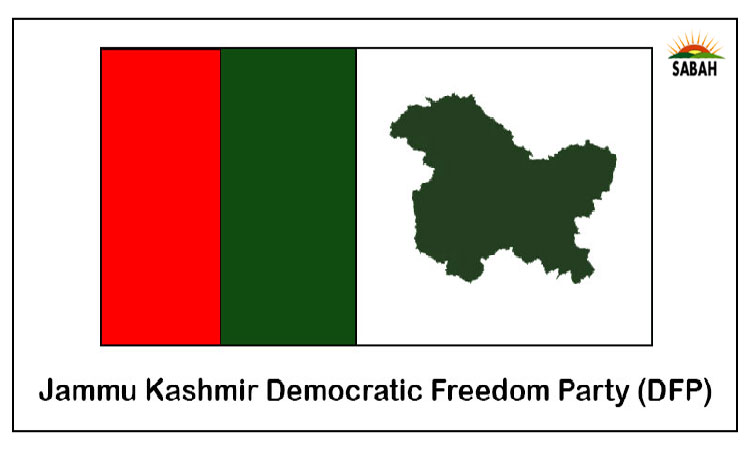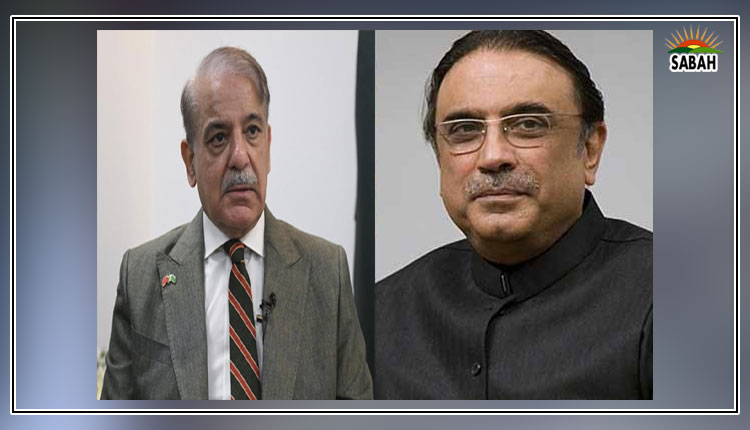What does Digital Census 2023 show?…Dr Yasser Javed
Pakistan has concluded its first-ever digital census, and its results have been notified and made available on the website of the Pakistan Bureau of Statistics (PBS).
With an increase of 33.814 million individuals, the country has touched the alarming figure of 241.499 million population. The population growth rate has increased from 2.40 per cent to 2.55 per cent, which implies that the growth rate has been much faster in recent years (2017 to 2023) as compared to the period between 1998 and 2017.
Similarly, the number of households has also increased from 32,205,111 in 2017 to 38,340,566 in 2023, whereas the household size is reduced to 6.3 members from 6.45 members in 2017. A quick look at the provincial population data suggests that, despite an increase in the population growth rate, there is no change in the provincial proportions as concluded in the 2017 census.
When we compare the growth rate of the world population, which is at 0.79 per cent, with that of South Asia, which is 0.91 per cent, we see a difference of 0.12 per cent. Pakistans population exhibits a whopping 2.55 per cent growth rate, the highest in South Asia followed by 2.53 per cent in Afghanistan. All the remaining six nations have less than 2.0 per cent population growth rate, while this ratio is even less than one per cent in Bhutan, India, Sri Lanka, and the Maldives.
When we study the population data of the Seventh Population and Housing Census 2023, it becomes evident that the population growth rate in Punjab and Sindh has increased whereas it has declined in Khyber Pakhtunkhwa and Balochistan. The highest decline in population growth is noticed in Islamabad, which has fallen to 2.8 per cent in 2023 from 4.9 per cent in 2017. Similarly, the growth rate in KP has also reduced from 2.82 per cent in 2017 to 2.38 per cent in 2023 and Balochistan from 3.37 per cent in 2017 to 3.20 per cent in 2023.
If we observe the number of households, KP comes on the top as its number has increased from 4,403,547 to 5,883,007, which is proportionally higher than the population growth rate. Resultantly, KPs household size has decreased from 8.06 members per household in 2017 to 6.94 members in 2023. A similar pattern is also observed in Balochistan. Sindh is the only province where the increase in population is higher than the increase in the number of households leading to an increase in the household size from 5.57 members in 2017 to 5.64 members per household in 2023.
Overall, the demographic analysis of population growth shows an increased share of the urban population and a decreased share of the rural population. However, this is not true for all provinces. In KP and Islamabad, both urban and rural areas showed a slower growth rate compared with the 2017 census. KPs urban growth rate has come down from 3.46 per cent in 2017 to an impressive 0.72 per cent in 2023.
Similarly, the household size in rural areas of all provinces has been reduced. While, in the case of KP and Balochistan, the household size is reduced in urban areas as well. These trends suggest a faster urbanization process and an inter-province migration from KP and Balochistan to other provinces of the country.
A critical analysis of the population growth rate in various districts shows an increase in 72 districts and a decline in 64 other districts. The extent of change (either increase or decrease) is astonishingly larger in some districts. Population in absolute terms has increased in all the districts. However, there are districts like Barkhan, Harnai, and Ziarat in Balochistan that report a decline in the number of households leading to a significant increase in the average household size.
According to the digital census 2023, the Washuk district has a 9.51 per cent population growth rate, which is the highest among all the districts. Previously Washuk district had a 2.49 per cent population growth rate in 2017. There were 55 districts in the 2017 census that had a higher population growth rate than Washuk, but in 2023, this district recorded the highest growth rate.
According to the digital census 2023, other districts where the population growth rate has increased include Orakzai, Awaran, Panjgur, and Kharan. The growth rate in Orakzai was 0.63 per cent in 2017 against 7.3 per cent in 2023. In Awaran it increased from 0.16 per cent to 6.64 per cent, followed by Panjgur from 1.58 per cent to 8.36 per cent, Kharan from 2.76 per cent to 8.17 per cent, Tor Ghar from 0.1 per cent to 2.66 per cent, and Karachi South from 0.98 per cent to 4.71 per cent.
These districts have the highest population growth rate in the digital census 2023 and at the same time, these districts show an unprecedented increase in growth rate when compared with the 2017 census. All these districts have registered a significantly higher increase in the number of households especially Panjgur where the number of households increased from 42,628 to 117,157.
Many districts reporting higher growth rate in 2017 have registered a lower growth rate in 2023. Lakki Marwat had a 7.23 per cent population growth rate in 2017, which was the highest among all districts at that time, and has now come down to 2.42 per cent in 2023. Similarly, the growth rate of Quetta has decreased from 5.81 per cent to 2.27 per cent, followed by Islamabad, which fell from 4.90 per cent to 2.80 per cent, Bannu from 4.23 per cent to 1.94 per cent, Kech from 4.22 per cent to 2.65 per cent, Abbottabad from 2.20 per cent to 1.05 per cent, and Hangu from 2.66 per cent to 0.32 per cent.
The house count tells a different story. In the Kech district, the number of households increased from 138,403 to 253,526, which is an increase of 115,123 households, higher than the increase of households in Quetta and Islamabad combined.
Overall demographics show a sign of urbanization either an increase in urban areas or population. However, despite an increase in the population of urban areas, there are simultaneously significant increases in the number of households in the rural districts of all provinces, which is not a supportive argument for urbanization. The growth rate in urban Punjab has increased from 3.02 per cent to 4.24 per cent while the growth rate in Lahore, Multan, and Rawalpindi have decreased significantly.
A drastic change in the population growth rate in districts needs proportionate changes in the development budget as well as further research and dialogue on the population dynamics of the districts. To add meaning to this data, the birth and death data along with the internal migration need to correlate. Otherwise, it seems highly unlikely to shift the growth trends of the districts in such a short period. After the release of further details of population data at the census block level and its comparison with NIC and voter data, this situation will become clearer.
Courtesy The News












